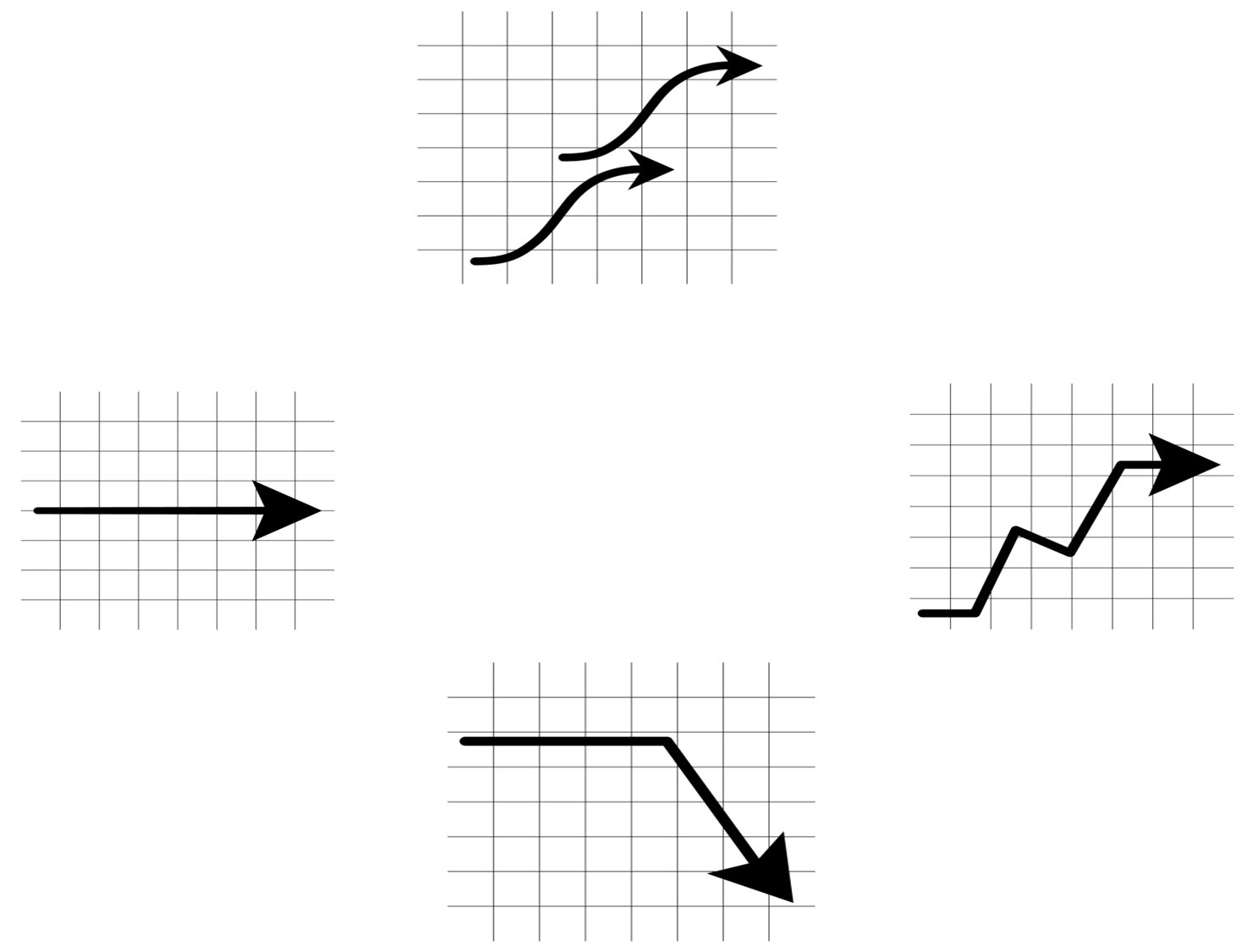 I had the opportunity to share some thoughts on my experience using scenarios for the 7th Session of the International Seminar of “Prospective Training” 2016 for UNAM (National Autonomous University of Mexico) and the WFSF. The videoconference is posted on youtube. After going through some points on the archetype method, and some examples, which we’ve discussed on this blog, I shared seven observations on how my use of scenario planning has evolved over the last few decades.
I had the opportunity to share some thoughts on my experience using scenarios for the 7th Session of the International Seminar of “Prospective Training” 2016 for UNAM (National Autonomous University of Mexico) and the WFSF. The videoconference is posted on youtube. After going through some points on the archetype method, and some examples, which we’ve discussed on this blog, I shared seven observations on how my use of scenario planning has evolved over the last few decades.
- Domain Map Guides the Project
About ten or so years ago I started using simple visual maps of futures topics we were going to explore and it’s become an indispensable tool. It aligns the research team and gets the client involved and informed.
- Ask about Desired “Degree of Stretch”
It’s good practice not to guess about anything, rather better to ask. I use a simple set of diagnostic questions in kickoff calls/meetings with clients, including asking about how provocative – or not – they want the project to be.
- From Expert to Participatory
It may have been easier to get the “order,” and return a few months later with the finished product, but it wasn’t very effective. Thus, clients are much more involved throughout the process – more challenging, but more effective.
- Include a Baseline Scenario
This was a pretty big shift. I don’t always include one, but most of the time. Put simply, if we don’t explicitly call out a baseline, it will tend to miraculously appear anyway in the set of alternatives. So, name it, support it, bless it, and use it as permission to explore alternatives.
- Bridge to Implications & Options
Every scenario proposal ought to include steps to identify implications and options for responding. Scenario are not enough; there must be a “so what” approach proposed (sometimes clients will use the scenarios to feed their own internal processes).
- Incorporate Design Principles
We’ve seen a significant shift to incorporating design principles into foresight work. It goes beyond just visually compelling work to developing concepts, artifacts, and prototypes where appropriate.
- Communicate
I suppose this theme has been around throughout my career, but perhaps never more emphasized. I’m starting to wonder if we occasionally spend too much time communicating, and not enough on developing the actual message. But let’s save that for another post. – Andy Hines

Leave a Reply